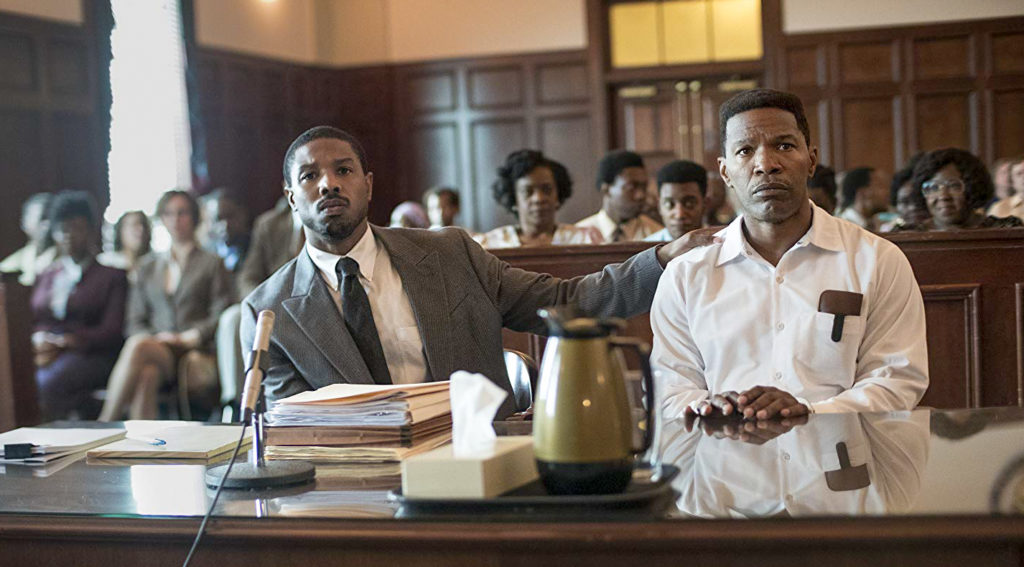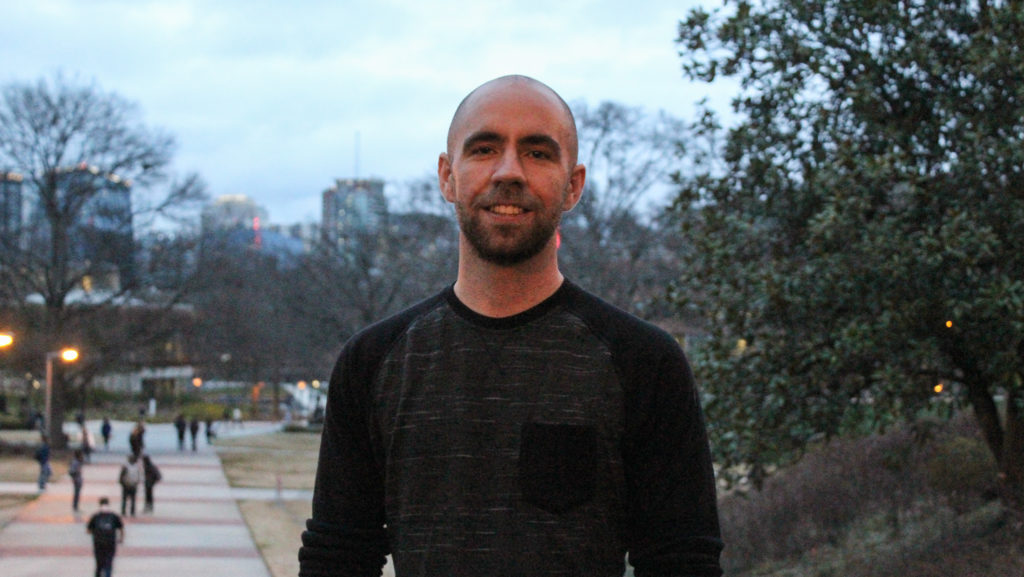
This past Saturday, Jan. 20, McCamish Pavilion saw lots of exciting moments during the men’s hoops match-up against UVA. While the game itself ended with a 58-63 loss, fans got to see the 1990 NCAA Final Four and Atlantic Coast Conference championship team reunited on the court to celebrate the 30th anniversary of their incredible season.
Back in the glory days the team was coached by Bobby Cremins, winner of the Naismith Coach of the Year Award trophy. This trophy is presented from the Atlanta Tipoff Club to recognize the best collegiate men’s and women’s coaches each year.
During his 19 year tenure at Tech, Cremins had a .599 win – loss ratio. He also has three conference tournament championships under his belt and two regular season championships. Not to mention, to this day all three of Tech’s ACC Championship victories fall under the the umbrella of Cremin’s leadership coaching the Jackets. Cremins’ 1989 – 1990 season was a defining year with a .800 win – loss ratio and 28 wins. As Cremins said this Saturday, “It was just a great, great run. We had an advantage against UNLV (in the Final Four), but they played a great second half. But I just can’t say enough about these guys. It seems like it was 15 years ago, but it’s great to be back.”
Looking at the 1990 Final Four Tech team itself, there are some notable accolades to reflect on. Most memorable was the coined “Lethal Weapon Three” players including junior forward Dennis Scott, senior guard Kenny Anderson and freshman point guard Brian Oliver.
The legendary group of three was monumental in earning the Jackets the claim to being one of the nation’s highest scoring teams at the time.
Each player averaged over 20 points per game. Scott was also recognized as one of the best basketball players of the season when he was named Naismith National Player of the Year. Not only that, but also made first team All American.
Anderson was named second team All American. The three additionally made the All-ACC team during the infamous 1990 season.
The rest of the roster includes even more honorable mentions such as freshman forward Malcolm Mackey who became the Jackets all-time leading rebounder during his tenure with the squad in 1993.
When Mackey got the microphone at last week’s reunion he shared, “Our relationships and what you see was just all of us just being one big family …. I don’t know how many more times we’re going to be celebrated like this, but I’m going to soak all this up … I’m so grateful to be a part of this program and part of this tradition.”
Mackey went on to play in the NBA along with Scott, Anderson and Oliver. As Anderson noted, “I played in the NBA for 14 years, but I always give credit to my high school, Archbishop Molloy and Georgia Tech. That’s where I was created — to play basketball and to have the type of dedication that I have and the friendships and things of that nature.”
Coincidently, as fans recognized Final Four mentions of Tech’s past, Jackets have another reason to celebrate the Final Four looking forward. This spring, Atlanta is proud to be the home of the 2020 NCAA Final Four. The semifinals and finals will be hosted in Mercedes-Benz Stadium April 4 and 6, respectively.
There will be plenty of March Madness events taking place in and around the Benz such as a Fan Fest in the Georgia World Congress Center and the Captial One JamFest music festival, featuring Taylor Swift.
While Tech is still handling basketball allegations from last season, they did formally appeal the postseason ban and recruiting limits in hopes of participating in some of the excitement.









